A Summer Experience
By Alyssa Reder
It is August of 2020 as I sit at my desk in our offices. It is eerily quiet in the vast open area that is typically filled with conversations and laughter. The summer season is the busiest time of year for our organization with students, parents, and community members in and out of our 30,000 square foot building. The PAST Innovation Lab is usually full of bright -eyed, smiling children who are filled with wonder and the excitement of discovery. As I write this blog about the time we spent this summer — the pandemic summer — I continue to reflect in amazement on how much I learned from the students.
The PAST Foundation hosts a variety of different STEM programs at our space in Columbus, Ohio each and every summer. In March of 2020, the Student Programming team was gearing up for a busy season, as we prepared to host 8 weeks of programming for children ranging from 3rd grade through 9th grade. And then COVID 19 changed everything. With the education landscape having to evolve from an in-person model to a virtual one, PAST did what it does best – we adapted and changed our plans. Instead of in-person summer programs, we would offer virtual summer programs. And instead of using our space to gather students, we would deploy staff into the community to bring programming to them.
As my co-worker Ashley and I planned and scheduled with centers and day camps across Central Ohio, the question always in the back of my head was, “What are we walking into?” We are an organization that has daily interaction with students and we hadn’t engaged with any children face to face in almost 4 months. We set our PAST in the Community timeframe for July, and quickly filled up our schedule. When planning the programs we would bring to the students, we only had an approximate number of kids and an age range. We had no idea what space we would have available to us or what possible supplies would be on hand for us to use. We also found that we would be working mostly with a much younger age range than what we have previously. With students as young as 3, our program planning mindset had to change and adapt once again.
So, what did I learn from being in the community this summer? I learned that kids are resilient to change and that it’s the adults who struggle. Every building we entered had COVID protocols in place and although they were safe and easy to follow, it was an incredibly strange feeling to integrate them into our in-person programming. Not having a child see my smile or see my lips move was a social and emotional piece that I took for granted before this summer. I had to rely on my eyes to convey my emotions and my loud teacher voice to make sure the students heard my questions clearly. None of this phased the students whatsoever. They didn’t ignore me when I spoke to them; they just listened more intently. They made eye contact with me. If they couldn’t hear, they would ask me to repeat what I had said. None of the measures that had been put into place hindered their opportunity to learn. If anything, it strengthened it.
I also learned that kids need face to face interaction, whether it is physical or virtual. The students that we interacted with this summer, both in-person and virtually, were craving not only the intellectual interaction that comes with fun programs, but also the peer to peer interaction they had been missing since March. A good portion of our programming time while online and out in the field was conversation with and between the kids.
And finally, I learned that as an organization, we cannot be dependent on our own physical space in order to have an impact with PreK-12 students. Having the opportunity to enter into other spaces that were not our own opened my eyes to the possibilities of creating programming that works anywhere – not only for a fifth grader, but also for a preschooler. My belief that the greatest impacts can be seen with the youngest group of students and that they are just as capable of understanding concepts if only we allow them to do so was validated, as we watched 5-year olds understand and create with excitement using the same activities as the 10-year olds.
I am truly humbled by our experience in the community this summer and I grew, not only as an educator, but as a person.


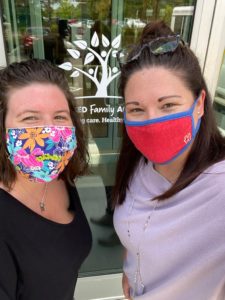

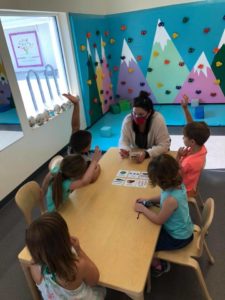

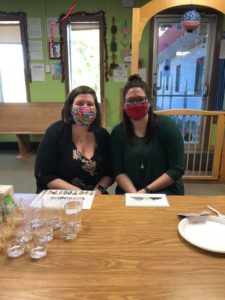

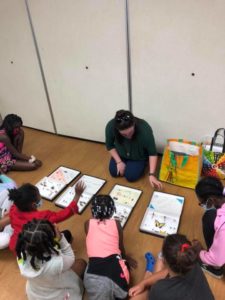

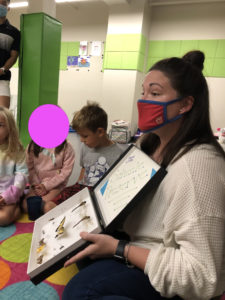

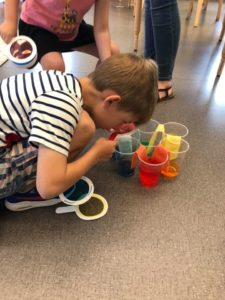
Comentarios